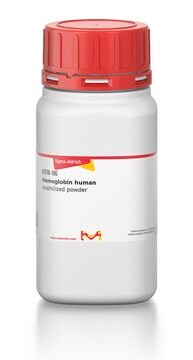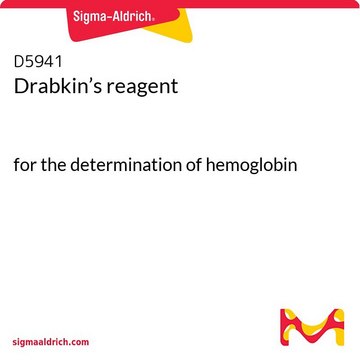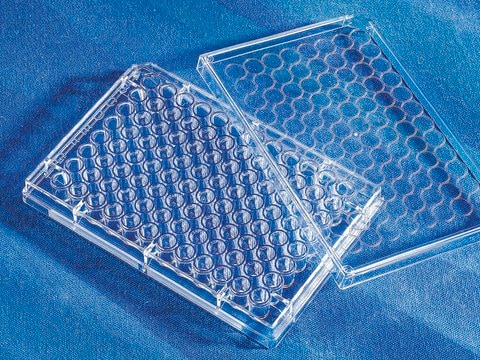B4184
Brij® L23 solution
30 % (w/v) in H2O
Synonym(s):
Brij® 35 solution, C12E23, Polyoxyethylene (23) lauryl ether
About This Item
Recommended Products
biological source
synthetic
Quality Level
description
non-ionic
form
liquid
mol wt
~1198.0 g/mol
concentration
30 % (w/v) in H2O
aggregation number
40
CMC
91 μM
transition temp
cloud point ≥100 °C
solubility
water: soluble
density
1.024 g/mL
HLB
16.9
SMILES string
CCCCCCCCCCCCOCCOCCOCCOCCOCCOCCOCCOCCOCCOCCOCCOCCOCCOCCOCCOCCOCCOCCOCCOCCOCCOCCOCCO
InChI
1S/C58H118O24/c1-2-3-4-5-6-7-8-9-10-11-13-60-15-17-62-19-21-64-23-25-66-27-29-68-31-33-70-35-37-72-39-41-74-43-45-76-47-49-78-51-53-80-55-57-82-58-56-81-54-52-79-50-48-77-46-44-75-42-40-73-38-36-71-34-32-69-30-28-67-26-24-65-22-20-63-18-16-61-14-12-59/h59H,2-58H2,1H3
InChI key
IEQAICDLOKRSRL-UHFFFAOYSA-N
Looking for similar products? Visit Product Comparison Guide
General description
Application
- as a supplement of De Man, Rogosa, Sharpe (MRS) broth for monitoring bacteriocin production by lactic acid bacteria(66)
- as a component of developing buffer for the incubation of zymogram gel for metalloproteinase quantification(67)
- as a component of activation buffer for recombinant human hepsin(68)
Biochem/physiol Actions
Features and Benefits
Packaging
Preparation Note
Other Notes
Legal Information
comparable product
Signal Word
Warning
Hazard Statements
Precautionary Statements
Hazard Classifications
Aquatic Chronic 2 - Eye Irrit. 2 - Skin Irrit. 2
Storage Class Code
10 - Combustible liquids
WGK
WGK 2
Flash Point(F)
Not applicable
Flash Point(C)
Not applicable
Choose from one of the most recent versions:
Certificates of Analysis (COA)
Don't see the Right Version?
If you require a particular version, you can look up a specific certificate by the Lot or Batch number.
Already Own This Product?
Find documentation for the products that you have recently purchased in the Document Library.
Customers Also Viewed
Articles
Our team of scientists has experience in all areas of research including Life Science, Material Science, Chemical Synthesis, Chromatography, Analytical and many others.
Contact Technical Service











